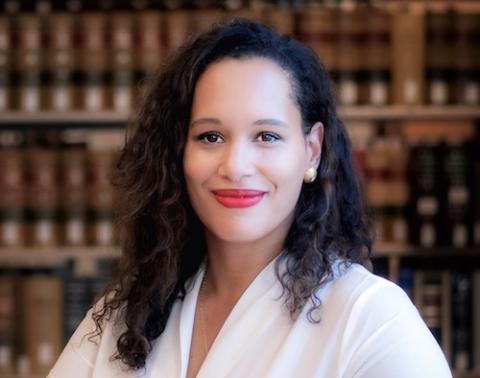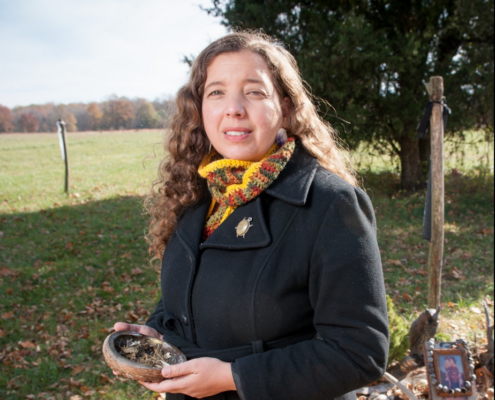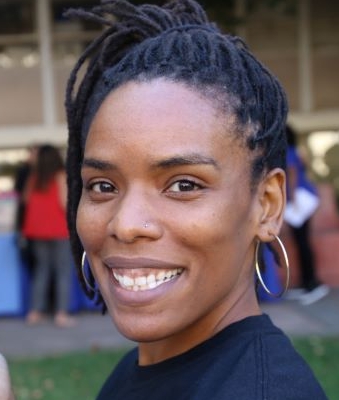Posts

Dean’s Fund for the Study of Diversity and Racial Inequality Accepting Grad Student Applications
In light of the reawakened reckoning on racial justice issues…

E. Victor Wolfenstein Memorial Lecture “Reckoning with Global Racism” Presented by VC Anna Spain Bradley on March 16
Michael Chwe
Chair and Professor
UCLA Department of Political…

RSVP Now for the UCLA/Getty Program’s Distinguished Speaker Series featuring Dr. Gabrielle Tayac on March 5
Dr. Glenn Wharton
Chair, UCLA/Getty Program in the Conservation…

UCLA Division of Social Sciences Exceeds Campaign Goal for Dean’s Fund for the Study of Diversity and Racial Inequality
In light of the reawakened reckoning on racial justice issues…

LA Social Science Scholar Profile: The Rise of Jasmin A. Young
Jasmin A. Young is currently a University of California President’s…

By All MEANS Necessary – New UCLA Report on Hollywood Diversity and Inclusion Practices
September 18, 2019
Diversity initiatives have become their…

Professional Development through Networking in the Bay Area
By Amado Castillo and Eduardo Solis With over 1,000 organizations…

Is Hollywood Leaving Money on the Table? Key Findings from the Hollywood Diversity Report 2018
The Hollywood Diversity Report 2018 is the fifth in a series…

